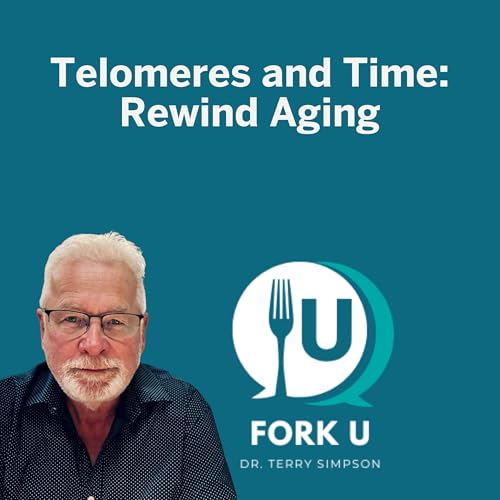🧬 NAD: The Molecule of Life — and the HypeHow a lab coenzyme became the latest anti-aging obsession
What We Mean by Longevity and HealthspanWhen people talk about longevity, they usually mean how long we live.
But healthspan — the years we live well — matters far more.
That’s the time before disease steals our energy, mobility, and independence.
Modern medicine has already doubled our lifespan in the last century.
Now the goal is to extend the healthy part — without falling for pseudoscience along the way.
When Marketing Meets MedicineLongevity has become a booming business.
Some gurus, like Dr. Eric Topol, do real science.
Others, like Peter Attia, sell access: $150 000 per patient for lab tests, a VO₂ max treadmill run, and a few “optimized” workouts.
He’s also an investor in AG1 — the influencer’s green drink of choice.
Andrew Huberman promotes similar ideas under studio lights bright enough to sterilize a petri dish.
Both are clever, credentialed, and caught between data and drama.
Then there’s Dr. David Sinclair, who helped discover how cells age — and then helped turn that discovery into a supplement empire.
His company tried to patent NMN, an NAD precursor, as a drug.
The FDA briefly removed NMN from the supplement market, sending Reddit into meltdown.
It’s back now, but the episode showed how quickly science slides into sales.
And finally, we have the shirtless salesmen:
Paul Saladino, who went from carnivore crusader to “fruit influencer.”
Liver King, whose real secret wasn’t liver — it was injectable.
And Gary Brecka, who claims to predict your death date (for a fee).
These are subscription services disguised as sages.
What NAD Actually IsNicotinamide adenine dinucleotide (NAD⁺) is a molecule found in every living cell.
It helps convert food into energy and repair DNA.
As we age, NAD levels fall — metabolism slows and damage builds up.
So scientists asked: If we raise NAD again, can we slow aging?
In mice, the answer looks promising.
NAD precursors like nicotinamide riboside (NR) and nicotinamide mononucleotide (NMN) increase average lifespan by 5–15 percent and improve energy, insulin sensitivity, and activity.
That’s great for mice — but we don’t live in cages or eat lab chow.
Can You Get NAD from Food?Not directly — but your body makes NAD from dietary precursors:
tryptophan and niacin (vitamin B₃).
You’ll find them in fish, poultry, beans, milk, and whole grains — basically, a Mediterranean-style diet.
So before spending $90 on capsules, you can spend $9 at the farmers' market.
What the Human Studies ShowHuman trials of NR or NMN (usually 500–2000 mg per day for 6–12 weeks) show they are safe and well-tolerated.
They modestly raise NAD levels and sometimes improve lipid profiles and blood pressure.
But the effects are small and inconsistent, especially in healthy adults.
NAD precursors do not reverse aging.
They don’t prevent heart attacks or extend lifespan in people — at least, not yet.
NAD vs Statins: A Reality CheckMeta-analyses show NAD precursors, especially niacin, can lower LDL (“bad”) cholesterol by about 8–12 percent.
That’s fine, but compare it to rosuvastatin (Crestor):
DoseAverage LDL Reduction5 mg≈ 45 %10 mg≈ 52 %20 mg≈ 55 %40 mg≈ 63 %
That’s the difference between...
 Nov 27 202510 m
Nov 27 202510 m Nov 20 202513 m
Nov 20 202513 m 11 m
11 m Nov 6 202513 m
Nov 6 202513 m Oct 31 202514 m
Oct 31 202514 m Oct 23 202511 m
Oct 23 202511 m Oct 16 20257 m
Oct 16 20257 m Oct 9 202514 m
Oct 9 202514 m
